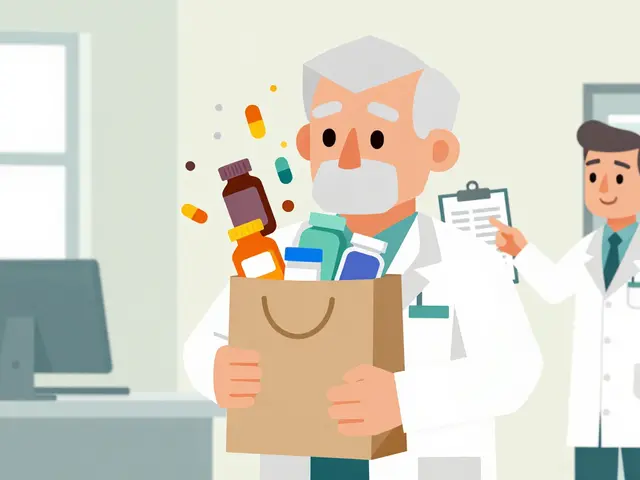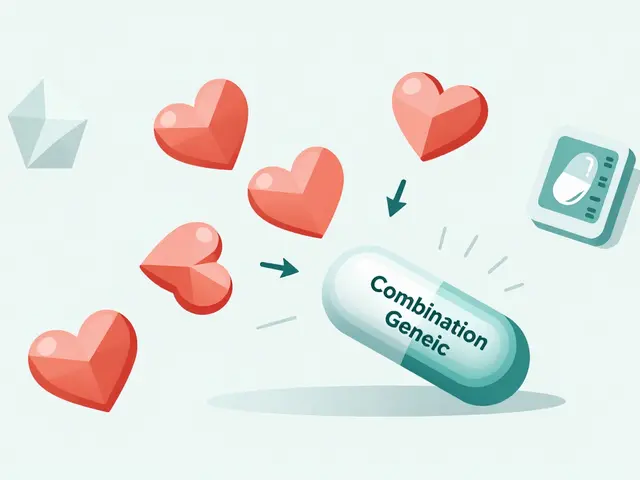Strength: Pick the Right Medication Strength Without Confusion
Seeing numbers like 25 mg, 100 mcg, or 0.05% on a label can be confusing. Those numbers tell you the drug’s strength — the amount of active drug in each tablet, capsule, or tube. Getting the right strength matters: too low and the drug may not work, too high and you can get side effects. Here’s a clear, practical guide to help you read labels and make safer choices with your meds.
Understand strength vs. dose
Strength is the amount of drug in one unit (for example, 50 mg per tablet). Dose is what your healthcare provider tells you to take (for example, one tablet twice a day). A single medication can come in several strengths — metoprolol commonly comes as 25, 50, and 100 mg tablets, while topical tretinoin is sold as 0.025%, 0.05%, and 0.1% creams. For hormonal or thyroid meds you’ll often see micrograms (mcg) instead of milligrams (mg).
Units matter. Don’t mix up mg and mcg: 1,000 mcg = 1 mg. For topicals, percent (%) shows how much active drug is in the cream or gel. Always match both the active ingredient name and the strength to your prescription.
Practical tips you can use today
1) Read the whole label. Look for the active ingredient name (not just brand), the strength per unit, and how many units are in the pack. If the label says “20 mg per tablet,” that’s the strength. If your doctor wrote “take 40 mg daily,” you’ll need two 20 mg tablets or a single 40 mg tablet — but check with a pharmacist before splitting or combining.
2) Ask your pharmacist. If you’re unsure whether to use 0.05% or 0.1% cream, or whether a 25 mg tablet will work instead of 50 mg, ask the pharmacist. They can confirm equivalent dosing and safe ways to split tablets if needed.
3) Start low for sensitive situations. For new topical meds or drugs with notable side effects, providers often start at a lower strength and increase. If you have sensitive skin, a lower tretinoin strength reduces irritation. If you’re elderly or have kidney problems, many drugs require lower doses.
4) Don’t adjust without asking. Never double up or change strengths on your own. If your current dose isn’t working, talk to your prescriber — a dose change or a different strength can be needed, but it should be guided by medical advice.
5) Watch for packaging changes. Different manufacturers may package the same strength differently. Always check the active ingredient and strength when refilling or switching brands.
Knowing how to read strength labels and understanding the difference between strength and dose keeps you safer and helps your treatment work better. When in doubt, call your pharmacist or prescriber — a quick question can prevent mistakes and avoid side effects.
Explore how calcitonin, a hormone known for regulating calcium levels, impacts muscle function and strength. Uncover how it may contribute to maintaining muscle health, enhancing physical performance, and supporting recovery processes. Learn about its potential roles beyond bone health and how these might be leveraged in everyday fitness strategies.
Continue reading...





